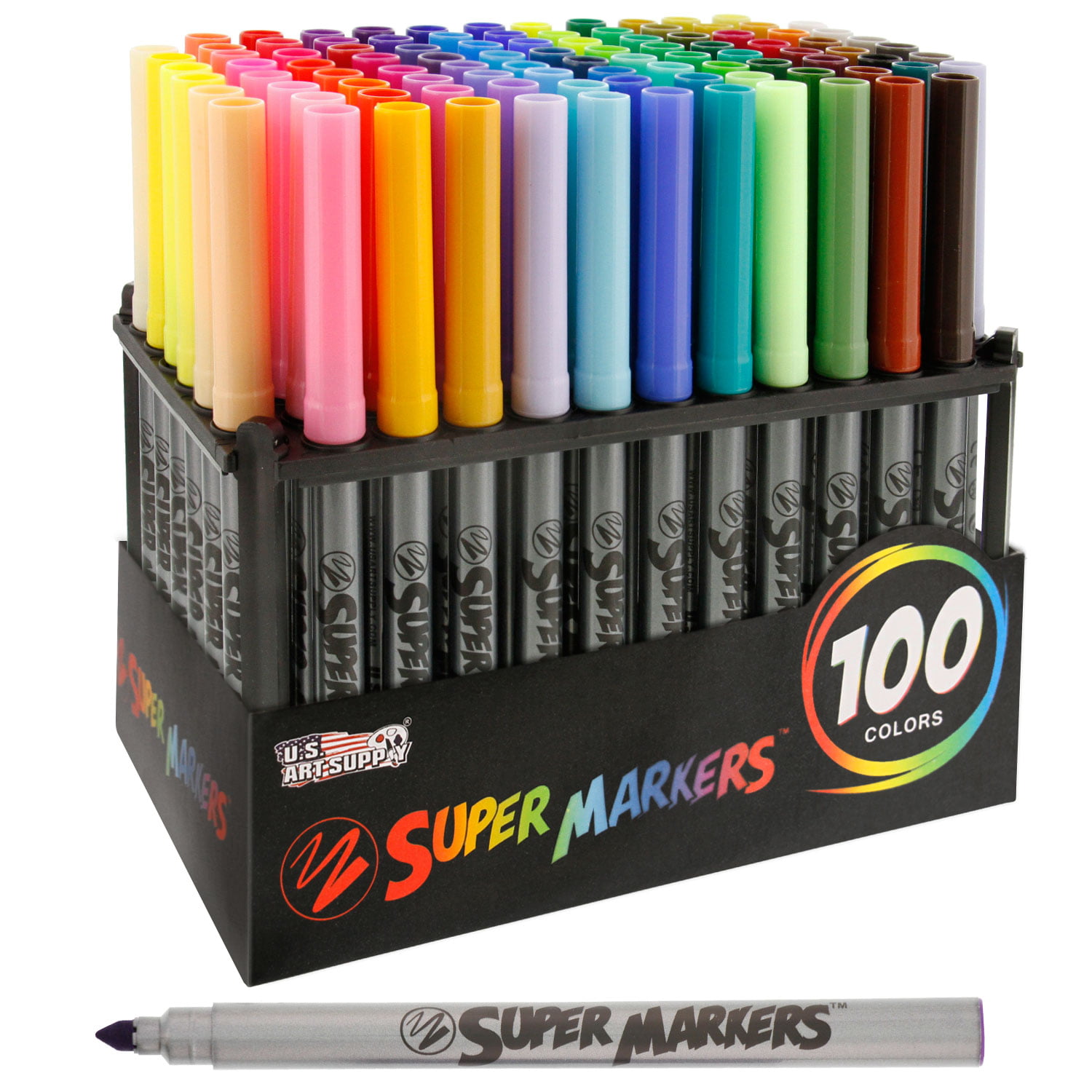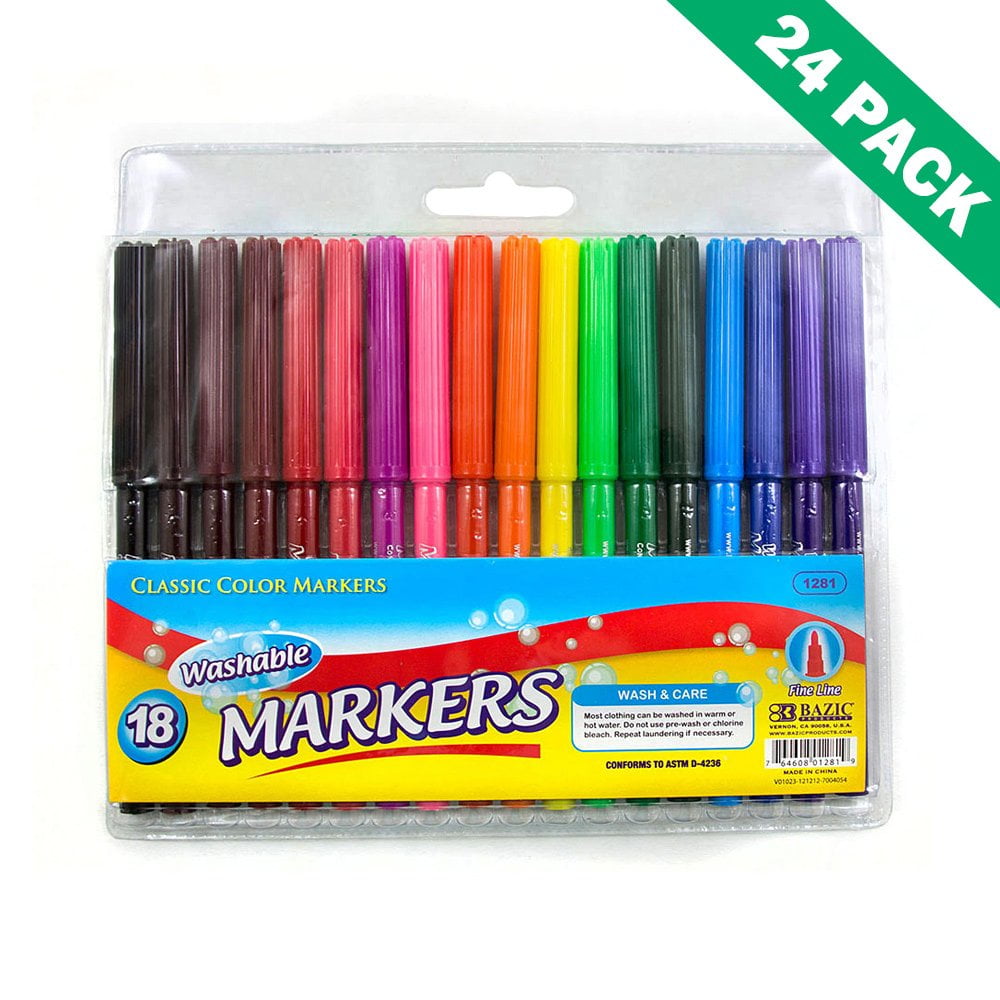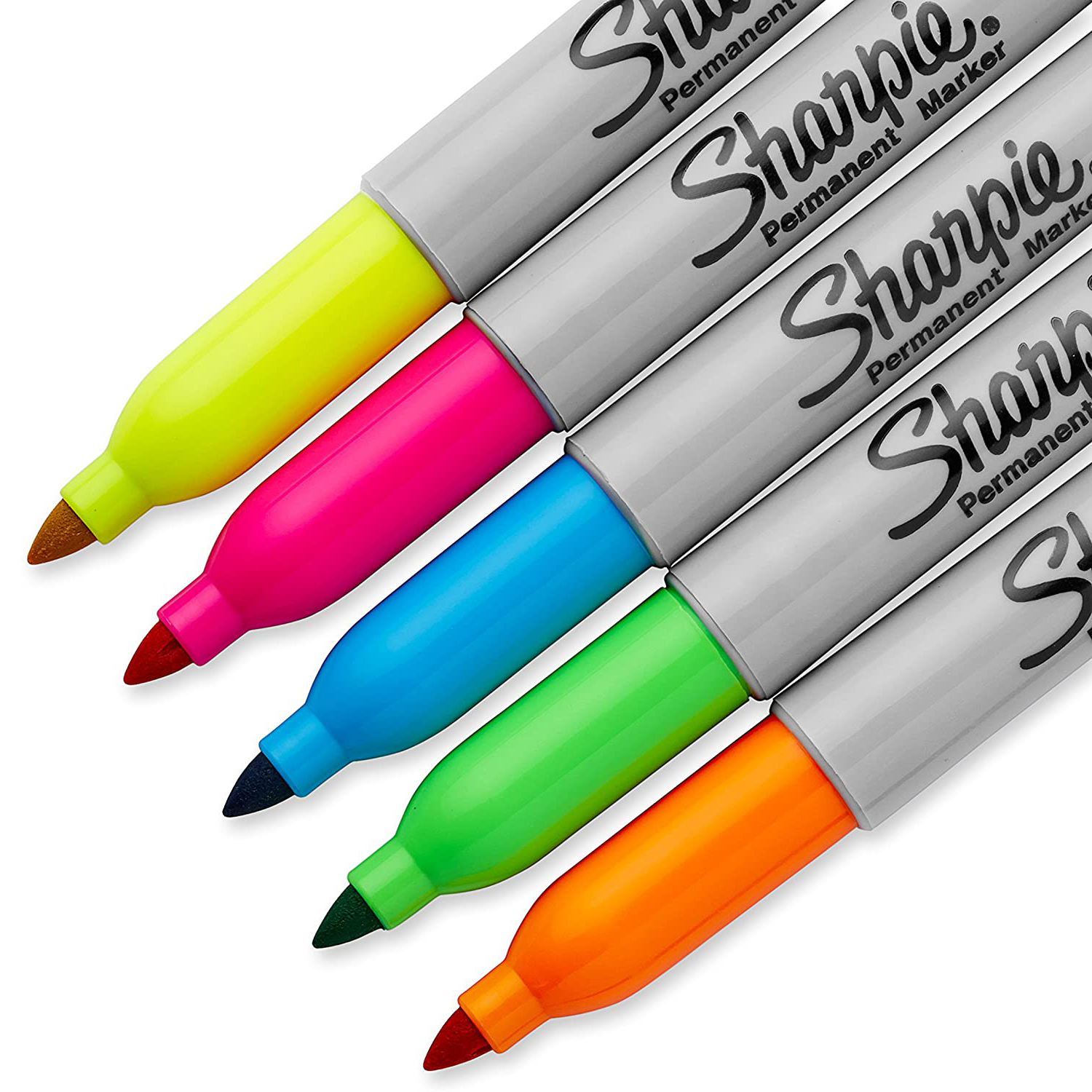How To Color With Markers
Have you ever wondered how to color with markers? Whether you're an aspiring artist or just looking for a fun activity to do with your kids, markers can be a great tool for creating colorful and vibrant art pieces. In this post, we will explore the different types of markers, how to use them effectively, and tips for creating stunning artworks with markers.
Pain Points
Learning how to color with markers can be a bit daunting, especially if you're new to art. One of the main challenges is figuring out how to layer colors without smudging or bleeding. Another issue is choosing the right type of marker for your project. With so many options available, it can be overwhelming to pick the best one for you.
How to Color with Markers
The key to coloring with markers is to start with a light touch and gradually build up the color. This will help prevent smudging and bleeding. If you're using alcohol-based markers, it's important to work quickly to avoid the ink from drying out and creating harsh edges. To avoid ink bleeding through the paper, use a thicker paper or place a protective sheet underneath your artwork.
When it comes to choosing the right marker for your project, consider the type of surface you'll be working on, the type of coloring you'll be doing, and your budget. Some markers are better suited for certain surfaces (such as fabric or glass), while others work best for coloring large areas or creating fine details. For beginners, a set of basic markers with a range of colors is a good place to start.
Summary
In summary, to color with markers effectively, start with a light touch and gradually build up the color. Choose the right type of marker for your project and work quickly with alcohol-based markers. Use thicker paper or a protective sheet to prevent ink bleeding through the paper.
Layering Colors
One fun aspect of coloring with markers is layering colors to create depth and dimension. To do this, start with a light base color and build up darker shades on top. Experiment with blending colors together by overlapping them or using a blending marker. Don't be afraid to mix and match different colors to create unique and interesting effects.
Care Tips
Proper care of your markers is essential to keep them in good condition and prolong their lifespan. Always store your markers horizontally to prevent the ink from settling on one end. Cap your markers tightly after use to prevent them from drying out. If a marker does dry out, try saturating the nib with rubbing alcohol to revive the ink flow.
Types of Markers
There are many different types of markers available, each with their own unique properties. Watercolor markers are great for creating soft, blendable colors, while permanent markers are ideal for creating bold, long-lasting lines. Fabric markers can be used to decorate clothing and accessories, while chalk markers are great for writing on non-porous surfaces like glass or metal.
Budget-friendly Options
If you're just starting out with marker art, there are many budget-friendly options available. Look for basic marker sets with a range of colors, such as Crayola Super Tips or Sargent Art Classic Markers. These sets can provide a good introduction to coloring with markers without breaking the bank.
Q&A
Q: How do I prevent bleeding when coloring with markers?
A: Use a thicker paper or place a protective sheet under your artwork to prevent ink bleeding through the paper. Work quickly with alcohol-based markers to avoid ink drying out and creating harsh edges.
Q: Can I use markers on fabric?
A: Yes, there are markers made specifically for use on fabric, such as Tulip Fabric Markers or Crayola Fabric Markers. Make sure to follow the manufacturer's instructions for washing and care.
Q: Can I mix different types of markers?
A: While it's generally not recommended to mix different types of markers, some artists have had success blending watercolor markers with alcohol-based markers for added depth and dimension.
Q: How do I revive a dried-out marker?
A: Try saturating the nib with rubbing alcohol to revive the ink flow. If this doesn't work, you may need to replace the marker.
Conclusion
Learning how to color with markers can be a fun and rewarding experience, whether you're a seasoned artist or just starting out. By following these tips and experimenting with different techniques, you can create stunning artworks with markers that are sure to impress.
Gallery
Color Markers Set Set Of 120 Colors Completely Washable Fine Bullet

Photo Credit by: bing.com / coloring
Super Markers Set With 100 Unique Colors - Universal Bullet Point Tips

Photo Credit by: bing.com / markers marker set 100 super coloring kids colors unique color walmart tips pen adults pages games colored valentine camping adult
Crayola Markers - Colored Art Markers | Crayola
Photo Credit by: bing.com / markers crayola color colored shop crayons pencils
Fine Line Markers, Kids Classic Assorted Color Paint Markers Washable

Photo Credit by: bing.com / markers
Sharpie Neon Fine Point Marker – Colors (5 Pack) – Snapshot Books

Photo Credit by: bing.com / sharpie marker colors neon fine point markers pack permanent colored assorted bright amazon
